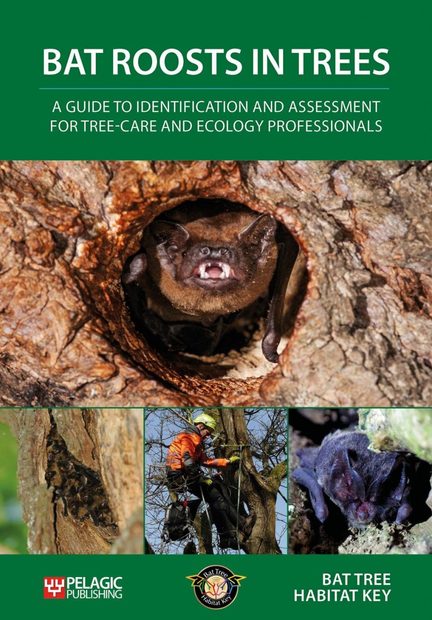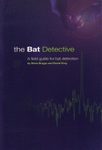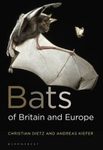About this book
This is a guide to finding tree-roosts. It is the result of the collaborative efforts of professional surveyors and amateur naturalists across Europe as part of the Bat Tree Habitat Key project, and represents a combination of firsts:
It is the first time legislation and planning policy have been reviewed and put to practical use to define an analysis framework with clearly identifiable thresholds for action. Yet, despite its efficacy in a professional context, it is also the first time a guide has been produced that is equally effective in achieving its objective for amateurs.
It is the first time such a method has been evidence-supported throughout, with summary reviews of each aspect of the roosting ecology of the individual 14 tree-roosting species, with illustrative photographs and data to which the reader has open access.
It is the first time a repeatable analysis framework has been defined against which the surveyor may compare their results at every stage, from the desk-study, through ground-truthing, survey and analysis, thereby ensuring nothing is overlooked and that every result can be objectively compared. The survey and analysis framework itself is ground-breaking in that it may readily be adapted for any taxa; from moths, through amphibians, reptiles, birds and all other mammals.
Used diligently, these methods will reward disproportionately and imbue the reader with renewed confidence as they quickly progress from beginner to competency. Thus, Bat Roosts in Trees is for everyone who has ever wanted to find a tree-roost, or to safeguard against inadvertently damaging one.
You may also be interested in....
The BTHK Tree-Roost Net is based on a design by Henry Andrews from the Bat Tree Habitat Key (BTHK) project. The unique design of the net allows you to trap bats that are emerging from roost sites in trees, making it an ideal tool for anyone surveying bats in trees.
Contents
Ch 1. Rationale
- Introduction
- Pre-existing published advice
- Motivation
- Objective
- Proportionality
Ch 2. Tree Roosting Bats
- Tree-roosting bat species
- Wooded habitat and tree species
- Sensitivity to isolation
- Seasonal tree-roost occupancy and roost size
- Roost heights
- General tree-roost preferences
Ch 3. Potential Roost Features
- Introduction
- The Disease and Decay PRF
- The Damage PRF
- The Association PRF
Ch 4. Intelligence Gathering
- Introduction
- Resources
- Collation of the results
Ch 5. The Desk Study
- Introduction
- The desk-study objective
- The test of 'reasonable likelihood'
- To survey or not to survey
Ch 6. Ground Truthing
- Introduction
- Ground-truthing method
- Ground-truthing interpretation
Ch 7. Choosing Surveillance Methods
- Introduction
- Close-inspection
- Remote-observation
- Static-netting
- Radio-tracking
- Putting it all together
- The proportionality text
Ch 8. Close-inspection
- Introduction
- Equipment
- Health and Safety
- Close-inspection method
- Interpretation
Ch 9. Remote-observation
- Introduction
- Confounding factors
- Equipment
- Health and Safety
- Remote-observation method
- Interpretation
Ch 10. Static-netting
- Introduction
- Equipment
- Health and Safety
- Static-netting method
- Interpretation
Ch 11. Surveillance-effort
- Introduction
- Detectability variables
- Surveillance periods and intensity therein
Ch 12. Trouble-shooting
- Introduction
- Fundamental principles
- Inconclusive and 'null' results
- Indirect damage and disturbance
- Comparative assessment of environment
- Late commissions
- Unlicensed assessments
- Getting a second-opinion
- Fault-finding
Customer Reviews
Biography
Bat Tree Habitat Key is an entirely altruistic collaborative project that has been running since 2010. The project objective is to provide an identical detailed account of how each bat species exploits trees as roost sites. This is achieved by data review, collection and analysis within a standardised format, as well as the collection of photographic accounts, which may be contributed by anyone, and are made publicly available for everyone (see www.battreehabitatkey.co.uk and an associated Facebook page). Regardless of political upheaval, the egalitarian nature of Bat Tree Habitat Key combined with the active encouragement of criticism, continues to foster a sense of camaraderie between naturalists of all levels and walks of life across Europe, and the wider world.







































